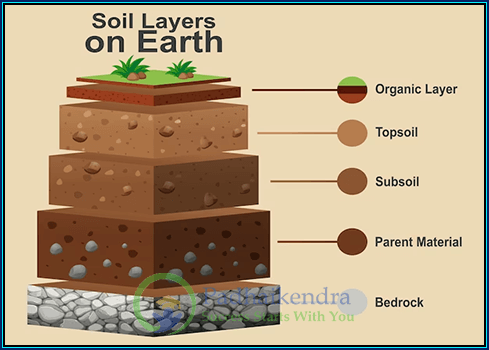Agro-climatic regions refer to areas with similar climatic and soil conditions that are conducive to the growth of specific crops. In India, there are 15 agro-climatic zones, each with its own unique combination of climate, soil, and topography.
Here are the 15 agro-climatic regions in India:
- Western Himalayan Region
- Eastern Himalayan Region
- Lower Gangetic Plain Region
- Middle Gangetic Plain Region
- Upper Gangetic Plain Region
- Trans-Gangetic Plain Region
- Eastern Plateau and Hills Region
- Central Plateau and Hills Region
- Western Plateau and Hills Region
- Southern Plateau and Hills Region
- East Coast Plain and Hills Region
- West Coast Plain and Ghats Region
- Gujarat Region
- Western Dry Region
- Island Region
Each agro-climatic region has its own set of crops that can be grown optimally based on the specific climatic and soil conditions. For example, the Eastern Himalayan region is suitable for crops such as rice, wheat, maize, and millets, while the Western Himalayan region is more suitable for crops such as apples, peaches, pears, and apricots. Understanding the agro-climatic regions can help farmers make informed decisions about crop selection and cultivation practices.





